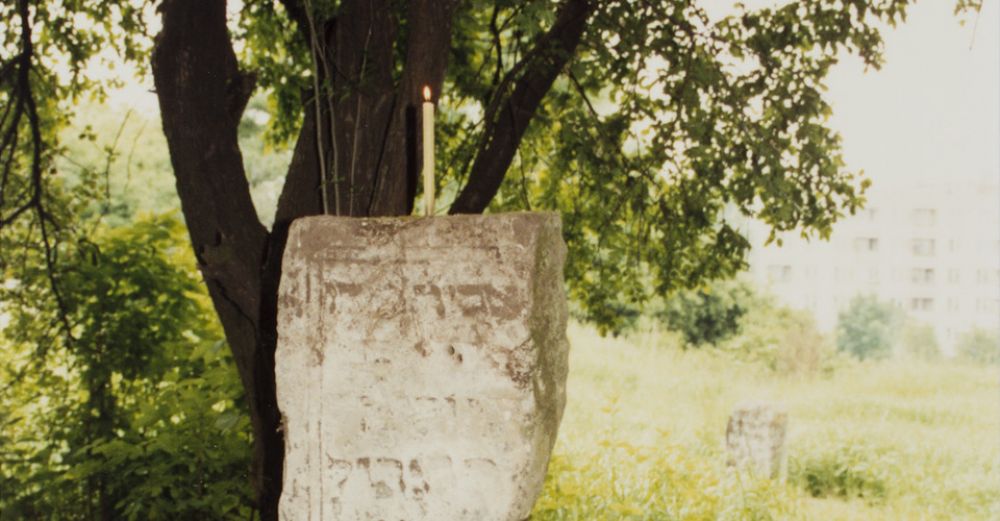- News
- Events
- Oneg Shabbat
- Collections
- Research
- Exhibitions
- Education
- Publishing Department
- Genealogy
- About the Institute
- Bookstore


Szlomo ben Jaakow Luria, also known as Maharszal (1510–1574), was the biggest rabbinical authority in Poland at the time. He came from an old Worms family faithful to the Ashkenazi tradition; he was the cousin of Mosze Isserles. His father was a rabbi in Słuck, he was one in Brześć Litewski, and later also in other Lithuanian communities. In 1567, King Sigismund II Augustus I appointed him to be the chairperson of recently formed Lublin Yeshiva, waiving him from the obligation to pay taxes and guaranteeing him independence from the local rabbi.
Luria participated actively in the lasting-five-centuries dispute about the status and legal regulations regarding the Ashkenazi Jews. He rejected, recently formed and based on the Talmud, Halakha Laws, including Szulchan aruch of Josef Karo. „Rabbi Karo made rulings, occasionally contrary to our present traditions and customs. His students believe blindly in his teaching not realising that it is contrary to both the opinion of respected authorities and the traditions.”
During Luria’s lifetime, in Lublin, only his responsa were published. None of his ready Talmudic annotations were printed in the first Lublin edition of the Talmud (1559–1577). It was not done also in the second edition (1617–1628 (39), despite the information provided on the front pages. Luria’s Talmudic annotations became well-known not earlier than two centuries later. His criticism of the text, which he interpreted in a wider context, perfectly fit the emerging Haskalah movement, rejecting literal and out of context understanding of the Talmud.
About the 16th-century Luria’s stela, which we are focused on, wrote Bałaban. „The monument [...] had stood for three hundred years. However, it was broken and weathered and in 1876 it had to be replaced with a new one. The slivers of the old tombstone were used to build the foundations of the new one and the words carved in it are still legible.”
About the 16th-century Luria’s stela, which we are focused on, wrote Bałaban. „The monument [...] had stood for three hundred years. However, it was broken and weathered and in 1876 it had to be replaced with a new one. The slivers of the old tombstone were used to build the foundations of the new one and the words carved in it are still legible.”
„Here lies the strongest of all strong men,
king of all wise men
a noble one, pulling out Sinai and
mountains, light eternal,
which enlightened Israel and
all the generations with his book
„Solomon’s Sea” and other
explanations. His name is known
at the end of the world in
every gate. He promoted the Torah
and increased the number of students
around the world. Just and pious
in all his wonderful deeds.
Geonim, a great master,
our teacher and master, Mr. R. Szlomo, the son of
our teacher and master, Mr. R. Jechiel Luria
may he rest in peace. He was summoned to
the Heavenly Academy of Faith
and Law on the 12th day of Kislev
fell the crown
of our heads and the pure lamp
went out. May his soul be tied up in the bag of the alive.
Nagrobki z XVI wieku na starym cmentarzu żydowskim w Lublinie przy ulicy Siennej, [in:] Żydzi w Lublinie. Materiały do dziejów społeczności żydowskiej Lublina, vol. II, ed. Tadeusz Radzik, pub. Wydawnictwo Uniwersytetu Marii Curie-Skłodowskiej, Lublin 1998, co-author: Jan Paweł Woronczak.